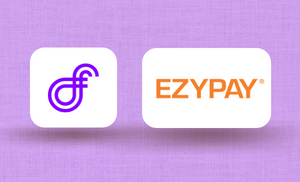Re-purposing of existing hardware was easily done because we didn’t have to adhere to a strict compatibility matrix.
BACKGROUND
ASE is a Managed Service Provider (MSP) headquartered in Sydney, Australia, with a global footprint and clients around the world. The company is a global leader in data and cloud services, providing its partners with technological solutions designed to make a company’s digital performance more efficient, deliver greater value, and be able to meet future demand.
THE CHALLENGE
ASE had existing virtualization environments provided by VMware that weren’t adding value, decreasing available physical compute resources due to overhead VMware service addon-ons, and an over engineered licensing cost model that was always a nightmare to calculate
ASE found there was a lack of innovation, particularly in relation to containerization and how the inevitable transition from VM to containers would happen. They stood back for a second and identified there were a lot of legacy features in the product that weren’t relevant to a modern architecture and bloat-ware.
More and more of ASE’s customers were choosing hybrid and multi-cloud environments. They were bringing in an AWS or an Azure into their mix and the ability for them to easily orchestrate their connectivity, or the connectivity from OnPrem to the cloud, kept growing. ASE needed a new solution.
THE SOLUTION
ASE made the decision to deploy Fluid to replace their VMware virtualization environments internally as it was simply a more streamlined, cloud-friendly way of evolving their infrastructure.
Fluid accelerated ASE’s ability to innovate with customers, and the ability evolve their offerings because they could action items such as deploying containers in Kubernetes. The integration provided a modern way of shifting all of ASE and their existing customer’s virtual environments –to- an-all-one code friendly stack that is CI/CD pipeline compatible for version control.
OUTCOME
With Fluid in place, a large amount of time that ASE’s team would have spent doing rollouts and onboarding was cut down. Those resource savings can be passed on to the client or used to increase profit.
With their previous infrastructure environment, ASE would be looking at potentially 2-3 days to onboard new customers. With Fluid, the ASE team can now onboard and deploy in just a couple minutes. A massive time and resource saving that’s allowed ASE to continue to focus on their client solutions, instead of getting that work done, and be able to pass on the cost savings to their clients.








